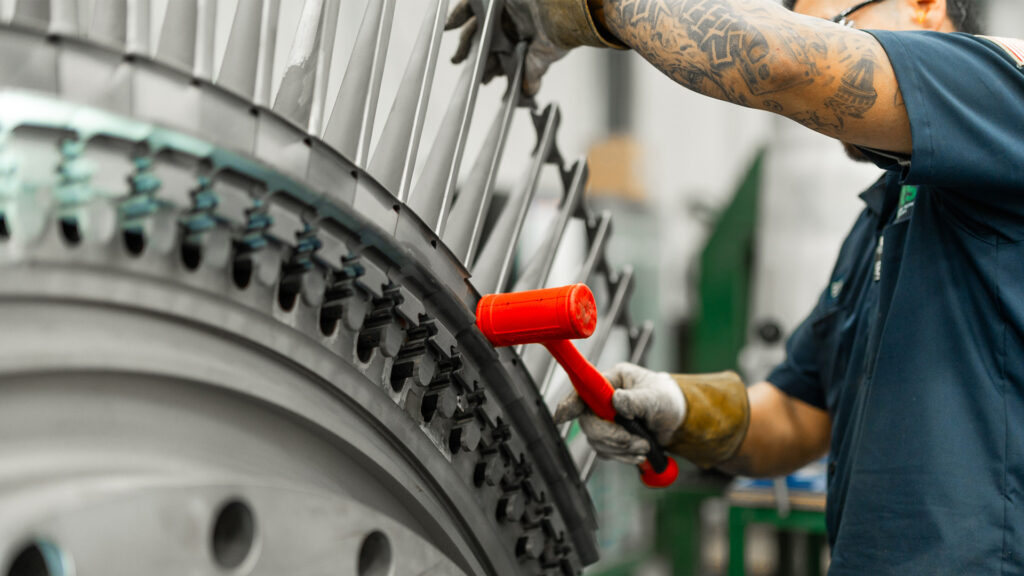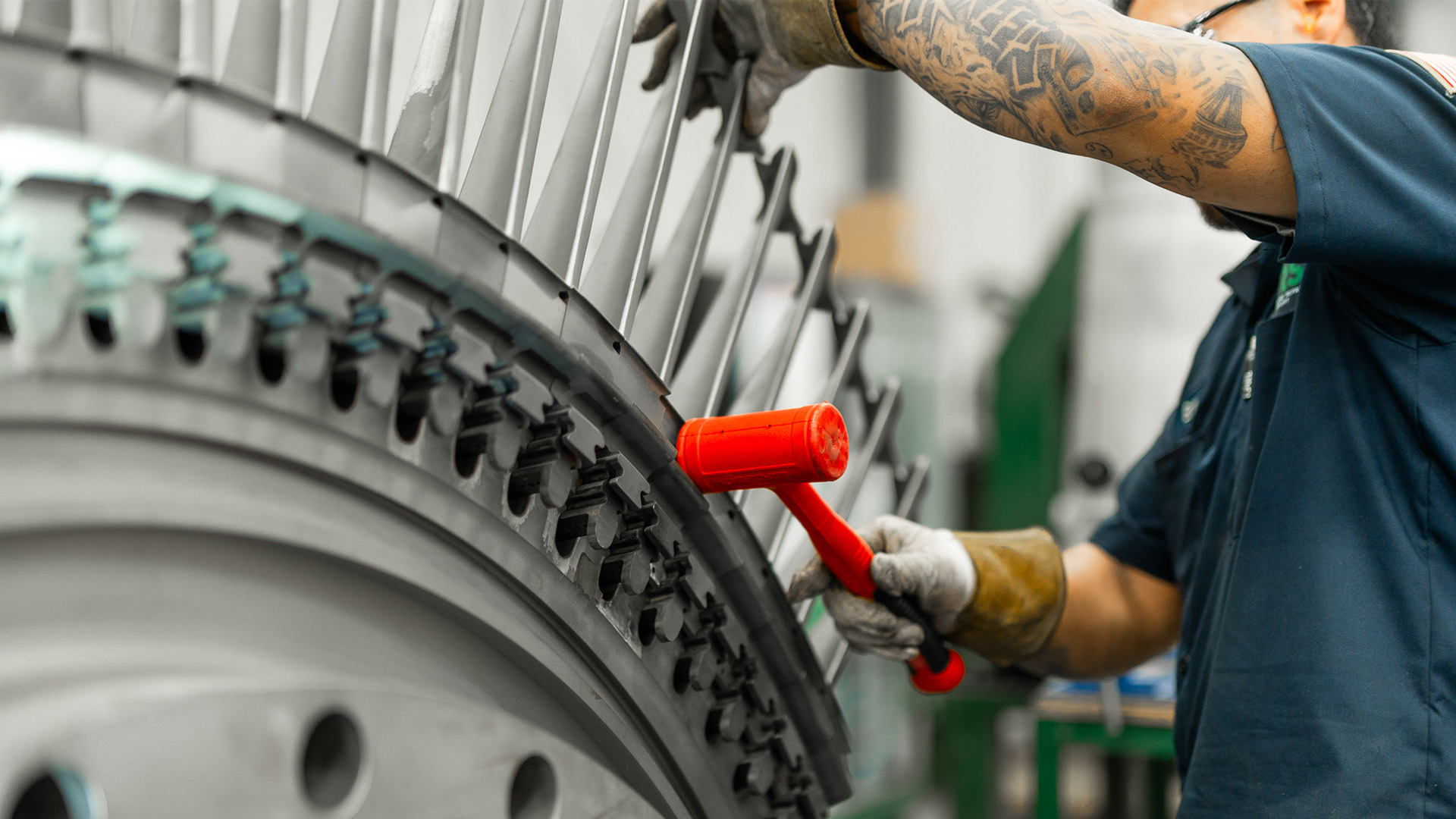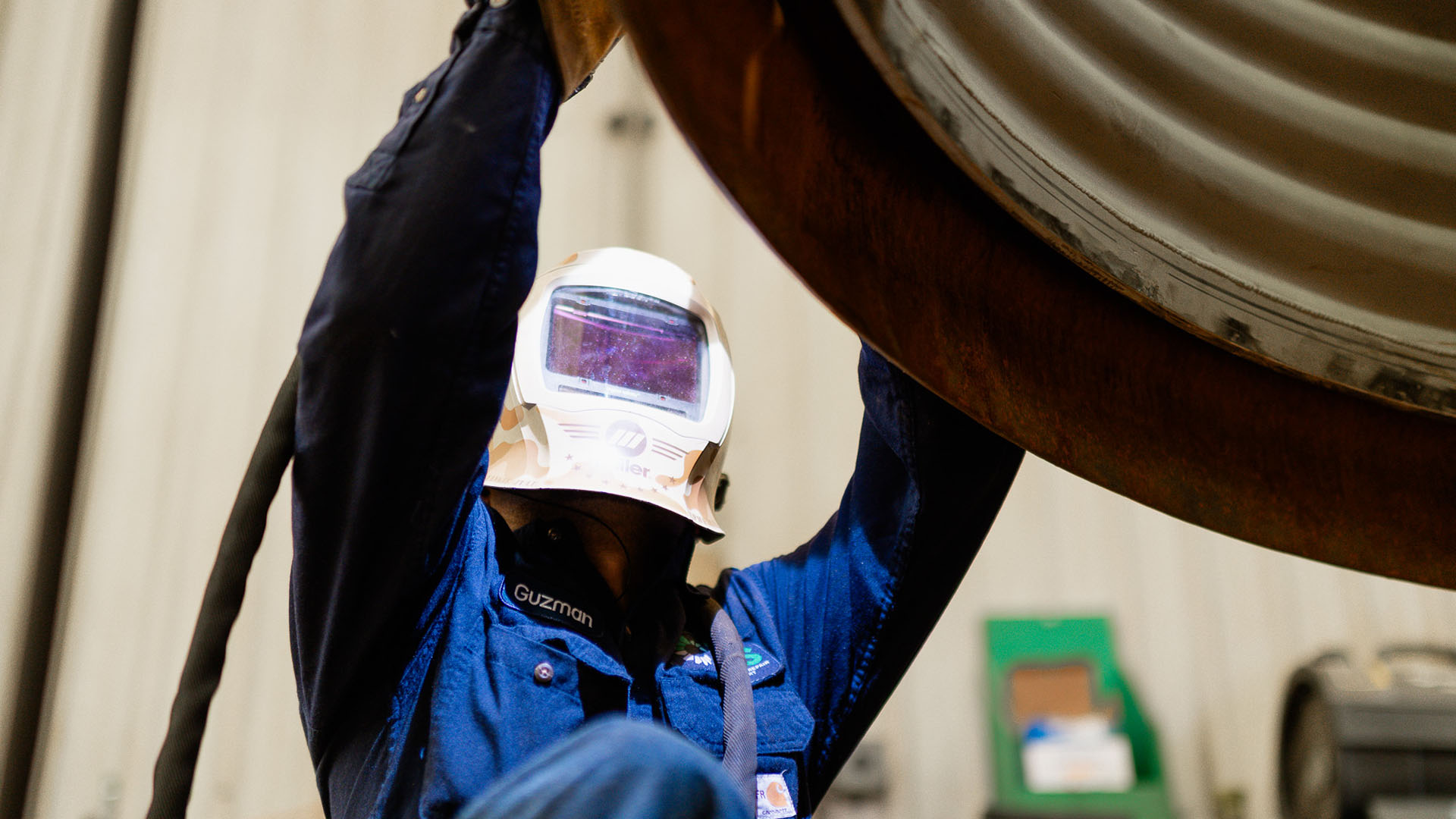Did you know that unexpected turbine outages can cost millions in lost production, and research suggests that for a given large‐scale combined‐cycle plant the average net revenue loss from an unplanned turbine event can approximate $20 per MWh of output lost. This startling figure underscores why turbine-reliability is increasingly mission-critical for generation assets.
In this article we’ll explore key strategies for preventing unplanned turbine outages, with a focus on how you can drive turbine downtime reduction and better prevent turbine outages. Drawing on industry best-practice and insights from the service-sector, we’ll look at proactive steps, maintenance frameworks, and operational routines that help keep turbines online and productive.
Why proactive outage-prevention matters
Unplanned outages are more than just a short-term inconvenience. They can:
- Erase planned revenue from turbine operation, reducing output and margins.
- Trigger emergency repairs, premium spare-part costs, and overtime labour.
- Erode equipment life or induce collateral damage that raises lifecycle costs.
As one article puts it, “turbine downtime is one of the most underestimated threats to energy producers today.”
Furthermore, many turbine-service providers emphasise that the operational performance of fleets hinges not just on reactive fixes but on strategic support. For example, the company behind the website you referenced notes that they help operators “reduce unplanned outages, extend the life of critical assets, and uncover smarter ways to operate.”
Given this backdrop, focusing on turbine downtime reduction and active measures to prevent turbine outages makes good business sense. Let’s dig into how to do it.
Strategy 1: Adopt a risk-based inspection & maintenance programme
Rather than wait for something to fail, the most effective operators embed a structured inspection and maintenance plan tied to risk and condition. Key elements include:
- Performing hot gas path inspections at appropriate intervals, including visual, thermographic and borescope examinations.
- Using condition monitoring (vibration, oil-analysis, thermography) to identify degradation trends.
- Leveraging risk assessment models that prioritise high-criticality assets for early intervention.
- Ensuring downtime is scheduled (rather than forced) so the scope, parts and labour are well planned.
For example, a study for gas turbines found that “planned maintenance activities account for over 70 % of gas turbine unit unavailability — in large part due to improper reassembly procedures and wrongly applied maintenance practices.” That illustrates how even “planned” events can become unplanned in effect unless the process is rigorous.
Best-practice checks:
- Pre-inspection checklist: turbine operating hours, previous fault-log review, vendor service bulletins.
- Maintenance scope defined by severity of condition, not just time-based intervals.
- Parts-availability confirmed ahead of lock-out to avoid delays.
- Root-cause tracking so that similar events are prevented, not merely fixed.
Strategy 2: Leverage data and predictive-maintenance tools
The shift from time-based maintenance to condition-based (or predictive) maintenance is key to modern outage-prevention. Smart use of data enables better decisions and helps prevent turbine outages.
Key enablers:
- Sensor installation on critical sub-systems (bearing temperatures, shaft vibration, exhaust gas temperature, plume signature).
- Real-time dashboards and analytics that flag anomalies early.
- Integration of OEM service-bulletins and fleet-history data to identify common failure modes.
- Use of digital twins or simulation models to forecast remaining useful life of blades, vanes and seals.
Benefits of this approach include:
- Early detection of incipient failures, enabling planned repair rather than emergency fix.
- Improved scheduling: maintenance windows become shorter, more predictable, reducing downtime.
- Better spare-part management: anticipating needs reduces waiting time.
Operators who embrace this framework often see meaningful improvements in availability and reductions in unplanned downtime. One article frames it as “proactive maintenance strategies are more cost-effective than reactive repairs.”
Strategy 3: Optimize workforce, parts and logistics readiness
Even with excellent monitoring and inspection programmes, failures will occur. The difference between a rapid return-to-service and a long outage often comes down to logistics, readiness and workforce competence.
Critical elements include:
- A high-skill maintenance team familiar with your specific turbine model and its typical failure modes.
- Access to critical spare modules or refurbished parts to shorten repair timelines.
- Vendor relationships (or third-party support) that align with your outage response needs.
- Clear contingency-planning: having predefined roles, flows and resources in case of an unplanned event.
In the reference site, the provider claims to work “alongside our customers to reduce unplanned outages … from hands-on field support to full turbine overhaul services.” This underscores that readiness isn’t just about parts, but also the human and procedural element.
Pro-tips:
- Maintain a “critical spares list” with parts that historically have caused long delays.
- Conduct regular training and simulation of outage-response scenarios.
- Review and update the logistics chain (shipping, customs, local storage) for rapid part replacement.
- Ensure maintenance contracts include surge-support clauses for emergency situations.
Strategy 4: Integrate life-cycle thinking and asset-health management
To truly achieve turbine downtime reduction, you must shift from “fix when broke” to “manage asset health across its life-cycle”. This means aligning maintenance plans with long-term performance, not only short-term availability.
Key focus areas:
- Monitoring degradation trends (erosion, corrosion, thermal fatigue) and planning component refresh or upgrade before failure.
- Evaluating performance drift (efficiency losses, ramp-rate reductions) and aligning maintenance to recapture lost output.
- Incorporating service-bulletins, upgrades and retrofits into maintenance cycles so that parts are not simply replaced like-for-like, but improved.
- Reviewing fleet performance periodically to benchmark your turbines vs. peer equipment and identify under-performers for targeted work.
As noted in the reference site, supporting fleet maintenance through “detailed life cycle cost analysis, contingency planning, and smart maintenance strategies” is part of an effective approach.
By using an asset-health lens, you’re better positioned to prevent turbine outages and reduce unplanned downtime by intervening at the optimal point — not too early (wasting life) and not too late (leaving failure imminent).
Strategy 5: Foster a culture of continuous improvement and outage‐learning
Even the best-maintained equipment can still suffer failure. What separates top performers is the ability to learn from events, iterate on procedures, and embed lessons across the organisation.
Best practices include:
- After every outage (planned or unplanned), complete a post-mortem review identifying root-cause, human/process/quality gaps, and improvement actions.
- Maintain an outage-library of faults, repairs and resolutions that can be referenced for future planning.
- Track key metrics consistently: availability, mean-time-between-failures (MTBF), mean-time-to-repair (MTTR), maintenance cost per MWh, etc.
- Benchmark your performance against industry peers to spot opportunities for improvement.
- Encourage feedback loops among operations, maintenance, engineering and service-providers so that process improvements are real-time.
This cultural dimension helps ensure that your turbine-fleet doesn’t merely “survive” but continuously improves its resilience and reliability, thereby helping to prevent turbine outages and achieve meaningful turbine downtime reduction.
Putting It Into Practice
In today’s energy-environment, where reliability, cost-efficiency and regulatory compliance all matter, focusing on strategies to prevent turbine outages and achieve turbine downtime reduction is not optional, it’s essential.
By combining risk-based inspection programmes, data-driven predictive maintenance, logistics and workforce readiness, life-cycle asset-management and a culture of continuous improvement, operators significantly enhance their ability to keep turbines online, productive and safe.
If you implement these strategic pillars thoughtfully, you’ll reduce the likelihood of surprise outages, minimise the financial and operational ripple-effects of downtime, and strengthen your asset-base for the long run.



